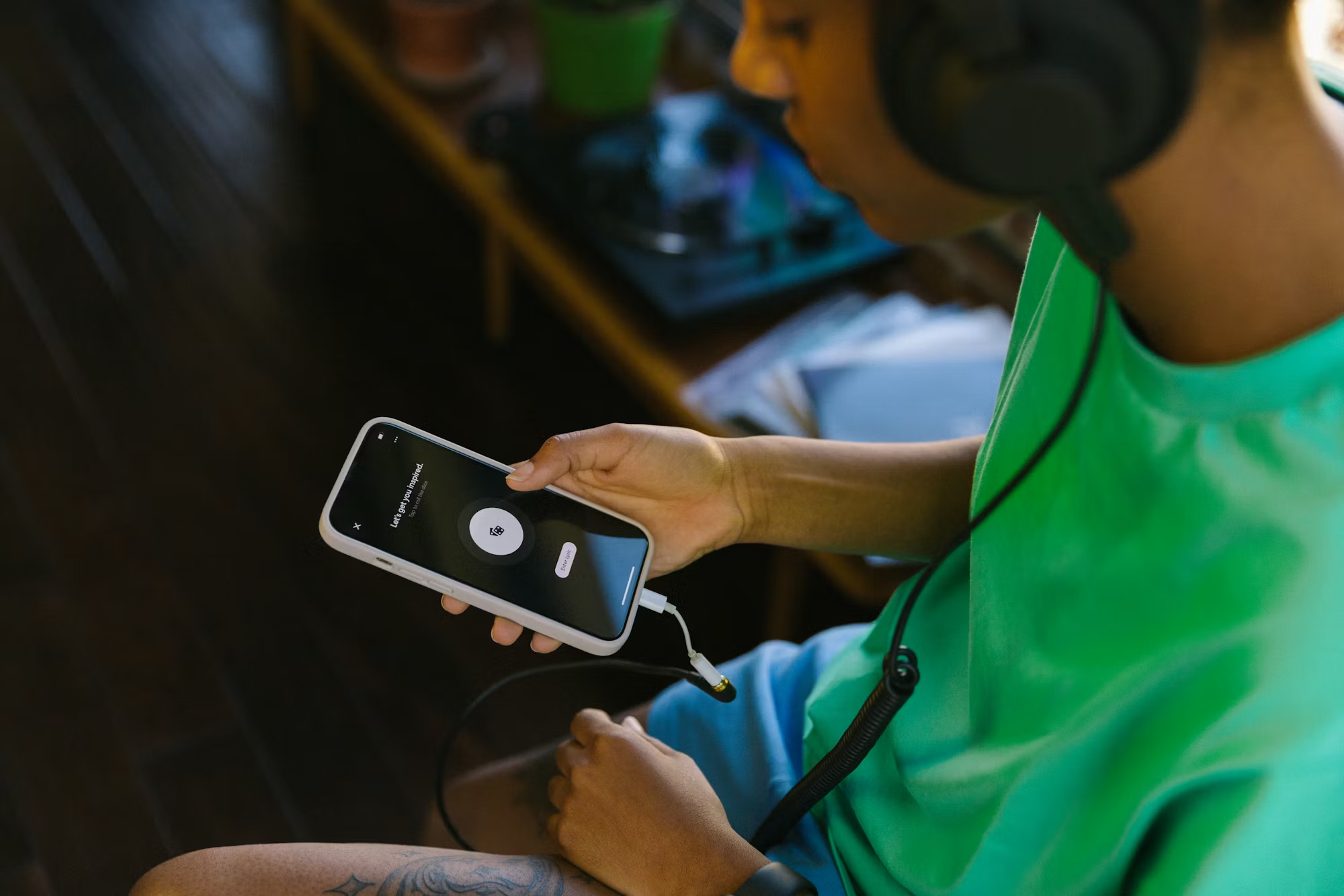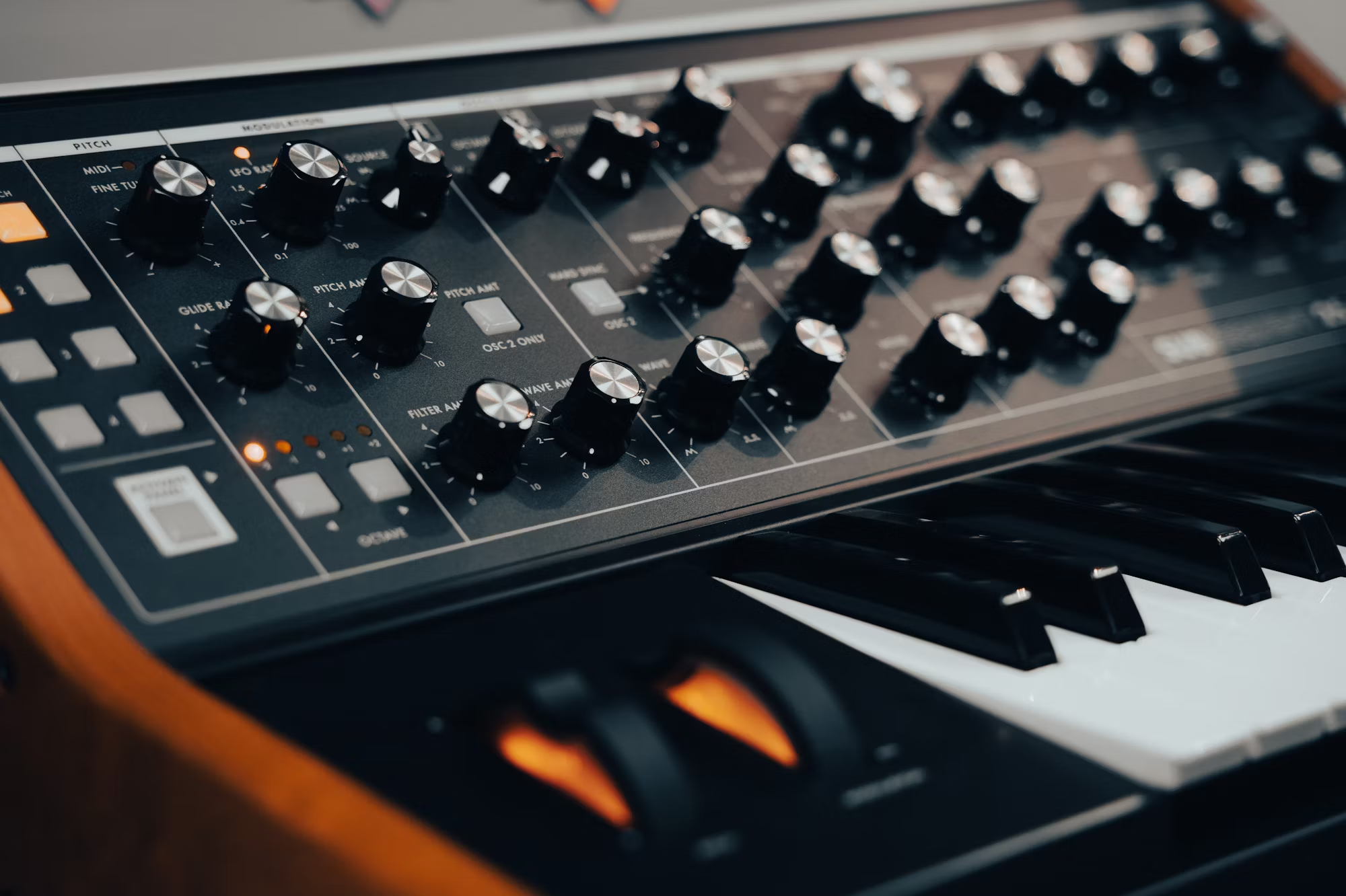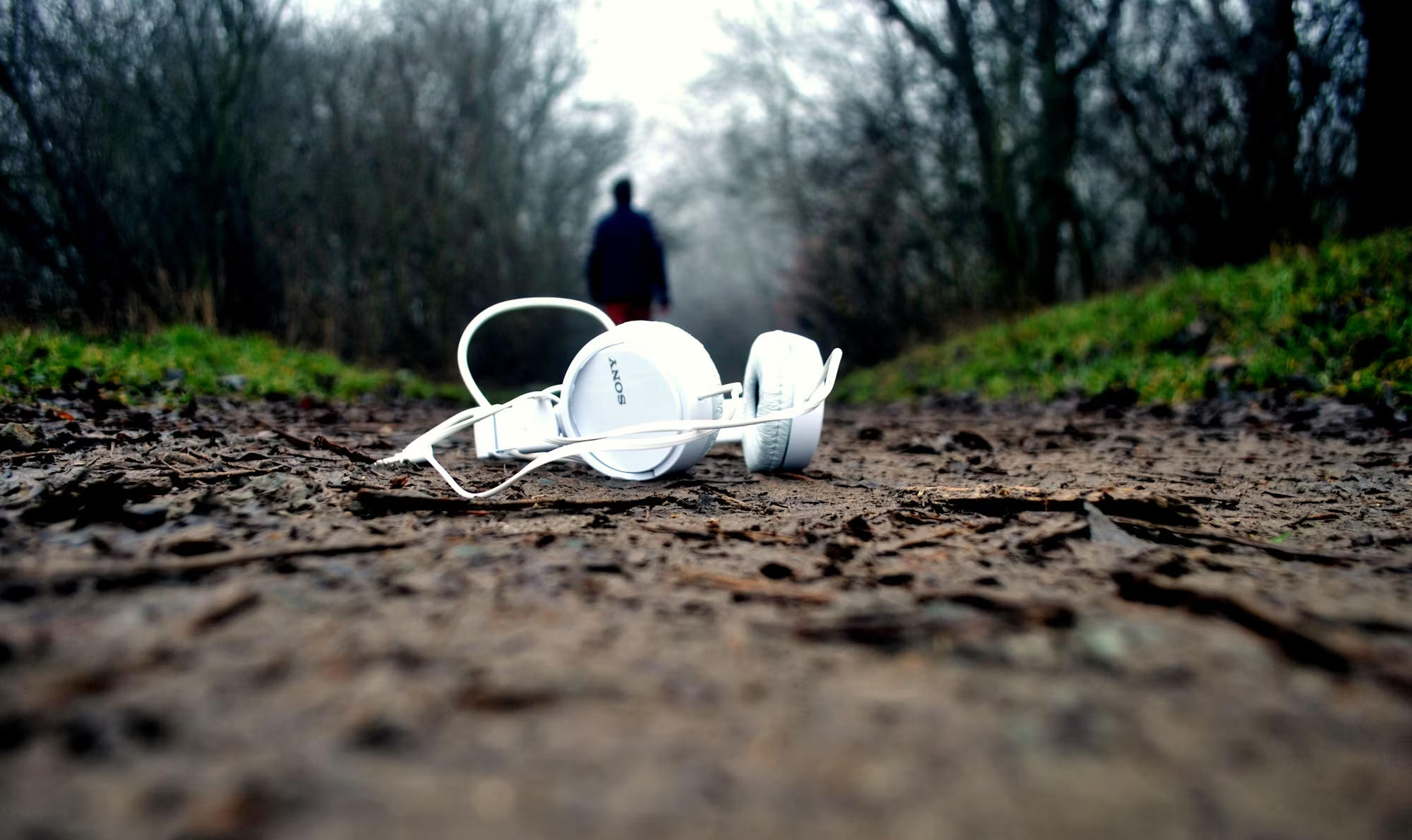Music production is a multifaceted art form that combines creativity with technical skill. It involves transforming raw musical ideas into polished tracks that resonate with listeners. This article delves into the essential elements of music production, the various roles involved, and the technology that drives the process. Whether you’re an aspiring producer or simply curious about how your favorite songs are made, understanding the art of music production can deepen your appreciation for the craft.
The Basics of Music Production
At its core, music production encompasses several stages: songwriting, arranging, recording, mixing, and mastering. Each phase plays a crucial role in shaping the final sound of a track. While some producers may handle all aspects of production, others specialize in specific areas, collaborating with artists and other professionals to bring a vision to life.
Songwriting and Arrangement
The journey of music production typically begins with songwriting. This phase involves creating melodies, harmonies, and lyrics that form the backbone of a track. Songwriting can be a collaborative effort, with artists, producers, and sometimes even outside songwriters contributing their ideas. The arrangement of a song determines how these elements are structured, including the introduction, verses, choruses, bridges, and outros.
A well-arranged song keeps listeners engaged by balancing repetition with variation. Producers often use software to visualize the song’s structure, making it easier to experiment with different arrangements and transitions. This flexibility allows for greater creativity, as producers can easily test various ideas before settling on a final version.
Recording: Capturing the Performance
Once the song is arranged, the next step is recording. This process involves capturing the performances of musicians, vocalists, and any other sound sources that will be used in the track. Recording can take place in a professional studio or a home setup, depending on the producer’s resources and preferences.
Microphones, audio interfaces, and digital audio workstations (DAWs) are crucial tools in this phase. The choice of microphones can significantly impact the quality of the recording, as different mics capture sound differently. Producers often experiment with mic placement and settings to achieve the desired tone and clarity.
In addition to live instruments and vocals, producers may also use virtual instruments and synthesizers. These tools allow for endless possibilities, enabling the creation of unique sounds that can enhance a track. The blending of live recordings with electronic elements has become a hallmark of modern music production, resulting in diverse soundscapes.
Mixing: Balancing the Elements
After recording, the focus shifts to mixing. This phase is where the various elements of a track come together to create a cohesive sound. Mixing involves adjusting levels, panning, and applying effects to ensure that each element is heard clearly and harmoniously.
Producers use EQ (equalization) to shape the frequency response of individual tracks, carving out space for each sound within the mix. This process helps prevent overlapping frequencies that can muddy the overall sound. Compression is another vital tool, allowing producers to control the dynamic range of a track, ensuring that softer sounds are audible while preventing louder elements from overwhelming the mix.
Reverb and delay effects are commonly used to add depth and ambiance, creating a sense of space within the mix. These effects can transform a dry recording into a lush soundscape, enhancing the listener’s experience. As the mixing process continues, producers often rely on their intuition and creativity to make decisions, ensuring that the final mix captures the essence of the song.
Mastering: The Final Touch
The mastering stage is the last step in music production, and it’s crucial for preparing a track for distribution. This phase involves taking the mixed track and applying final adjustments to ensure it sounds polished and professional across various playback systems. Mastering engineers focus on the overall tonal balance, loudness, and consistency of a track, making sure it translates well on everything from headphones to large speakers.
One of the key elements of mastering is loudness. In an era where streaming services often normalize audio levels, mastering engineers carefully adjust the loudness of a track to ensure it stands out without sacrificing dynamic range. This balancing act requires a keen ear and a deep understanding of audio principles.
The Role of Technology in Music Production
Technology has profoundly changed the landscape of music production. Digital audio workstations (DAWs) have become the central hub for producers, providing a platform for recording, editing, and mixing. Popular DAWs like Ableton Live, Pro Tools, and Logic Pro offer a wide range of tools and features that cater to various production styles.
Moreover, the rise of virtual instruments and plugins has opened up new sonic possibilities. Producers can access vast libraries of sounds and effects, enabling them to experiment with different textures and tones without the need for extensive recording setups. This democratization of music production has empowered countless aspiring artists and producers to create high-quality music from home.
Collaboration and Networking in the Industry
Collaboration is a vital aspect of music production. Many successful tracks are the result of teamwork between artists, producers, engineers, and songwriters. Networking within the music industry can lead to new opportunities, allowing producers to connect with talented musicians and expand their creative horizons.
In recent years, online platforms have made it easier for producers to collaborate remotely. Services like Splice and SoundBetter allow musicians and producers to share projects, samples, and ideas, fostering a global community of creators. This connectivity has led to a surge in diverse music styles and cross-genre collaborations, enriching the musical landscape.
The Future of Music Production
As technology continues to advance, the future of music production looks promising. Innovations such as artificial intelligence and machine learning are beginning to influence how music is created, offering new tools for composition and sound design. While these technologies may enhance the production process, the core elements of creativity and human emotion will remain central to music production.
Moreover, the ongoing evolution of streaming platforms is likely to shape the way music is consumed and produced. As listeners increasingly seek unique and engaging experiences, producers will need to adapt their approaches to meet these demands. This adaptability will ensure that music production remains a dynamic and exciting field.
Conclusion
The art of music production is a captivating blend of creativity, technology, and collaboration. From the initial songwriting process to the final touches of mastering, each stage plays a vital role in crafting soundscapes that resonate with listeners. As technology continues to evolve, the possibilities for music production are limitless, paving the way for new sounds and innovative approaches. Whether you’re a budding producer or simply a fan of music, understanding the intricacies of this craft can deepen your appreciation for the artistry behind the songs you love.









